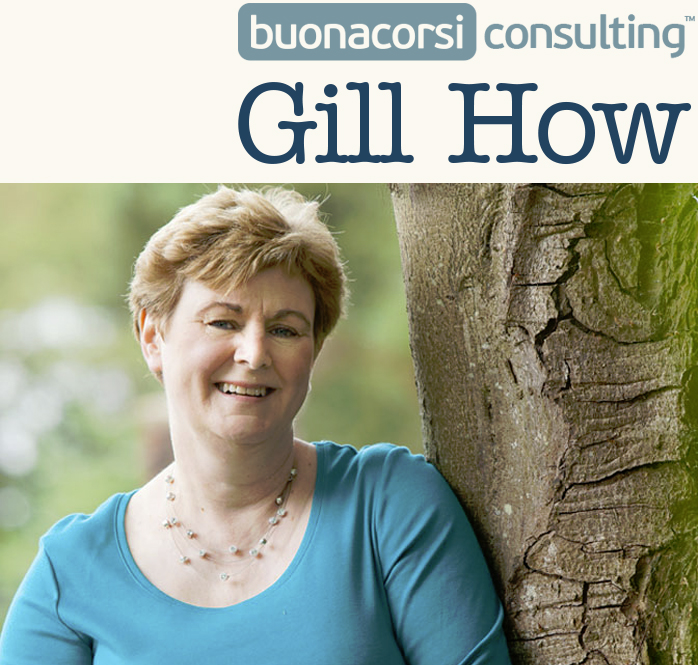
Are you frustrated that your career progression is slower than your ideal? Or that your current role has gone stale and is just not as exciting as you hoped? Does this make you wonder what to do next?
Have well meaning friends and colleagues encouraged you to look at your strengths and weaknesses, to do a SWOT?
I’m going to suggest that this is old school, and in my experience, can lead to analysis paralysis and not give you adequate direction on how to move forward.
So if your key need is to move forward, ideally with energy, clarity and focus too, a different, more modern tool, SOAR, may offer you more:
In this tool, we look at your STRENGTHS, your deepest ASPIRATION (or AMBITION), the best OPPORTUNITIES for you that others can you see on the horizon, and finally identifying the RESULTS that mean the most to you.
Let’s look at each of these in turn:

How can you find out what your strengths are? In summary, these are things that energise you, the things you do even when no-one is looking, things your boss hasn’t had to ask you to do; that you find effortless, do consistently well and achieve a good outcome.
You can ask your colleagues, customers and manager for feedback. You can also complete two free tools here:
The Marcus Buckingham StandOut Assessment tool can show you the roles where you can be strong at work, and the VIA Character Strengths tool helps you clarify your most significant strengths. There are many other tools too.
I suggest you check both these free tools out, they can help you recognise, give language to and understand your strengths which can be invaluable.

It’s likely that you will have to dig deep to find your own, unique, tingling aspiration. You may not feel it is yours to have; it may have been conditioned out of you by family, school, college or work. In contrast, in this exercise we look at what excites you, interests you or brings you joy.
Some questions that can be good to ask are:
- What do I genuinely care about?
- In what way do I want to make a difference?
- What do I yearn to do?
It may be – SURPRISE – that you don’t want to be an accountant, a lawyer or an engineer, but that you do want to open a specialist coffee shop, be a travel blogger or become some form of industry disruptor!

Once you more clear about your aspiration, and how thrilling it feels when you are close to it, you can start to focus on the opportunities ahead.
It’s possible that you may have no idea at this stage how your aspiration might manifest itself. One of my colleagues when he was between work, and did not know what to do next, had coffee with 54 people in his network.
He made it a voyage of exploration to find out what was out there through conversation, and to gain ideas and feedback from trusted others about possibilities and opportunities he had never thought of.
He was then able to prioritise these possibilities and opportunities for fit against his aspiration. And yes, he got his career back on track.
So rather than seeing finding opportunities as a horizon scanning, trends and patterns, solely as a desk job, why don’t you too get out there and talk to people?
Your exploration will most likely give you much richer data and ideas.

You now know what energises you, your deepest aspiration and have a process to discover opportunities which will fit with your career progression well.
Why do we need this final section of SOAR, results?
This is not the most powerful part of the tool for me when you have a strong sense of your aspiration. However, it can still be useful as a tool to develop your own metrics for success.
It can help you refine your approach, identify the outcomes you are seeking, and measure the progress on the way, and when your thinking changes, the evolution of your path.
You can use it from the end point looking back to now. Questions like these might be useful:
- What are the results you wants in five year time? How can you measure it?
- Now, come back to today. How would you know you are making progress? What measures would indicate you are on the way?
- And which indicators would show you that you have moved off the path? What are you learning from this? What adjustments might you make?
The astute amongst you will have noticed that I have suggested an approach of strengths and aspirations, and then, opportunities and results.
This is because I favour doing the inside work first. It is only when you have a strong hold on your aspiration, that the best opportunities arise.
“Gill is a great listener with an excellent attention to detail. We received a lot of positive feedback from the Coaching Skills for Leaders workshop and the one-to-one coaching sessions she delivered for our staff globally. Gill always goes the extra mile to provide additional feedback, help and support and I wouldn’t hesitate to work with her again. Likewise, I would recommend other HR / L&D and Leaders to consider getting in touch with her to run your Leadership and/or Coaching programmes.”
Alastair McTavish, Head of Learning and Development, Nexia
Gill How loves to deliver work globally and internationally with managers, executives and professionals to help them to evolve their careers, grow their leadership capability and stretch their strengths.
She is a Fellow of the Association for Coaching, an International Leadership Developer, Facilitator and Strengths Expert. She runs an EDI Bookclub+ to which ALL are welcome.
If she can help you in developing the potential of the capable professionals and leaders in your organisation, get in touch!
Photo Credits: Pexels




